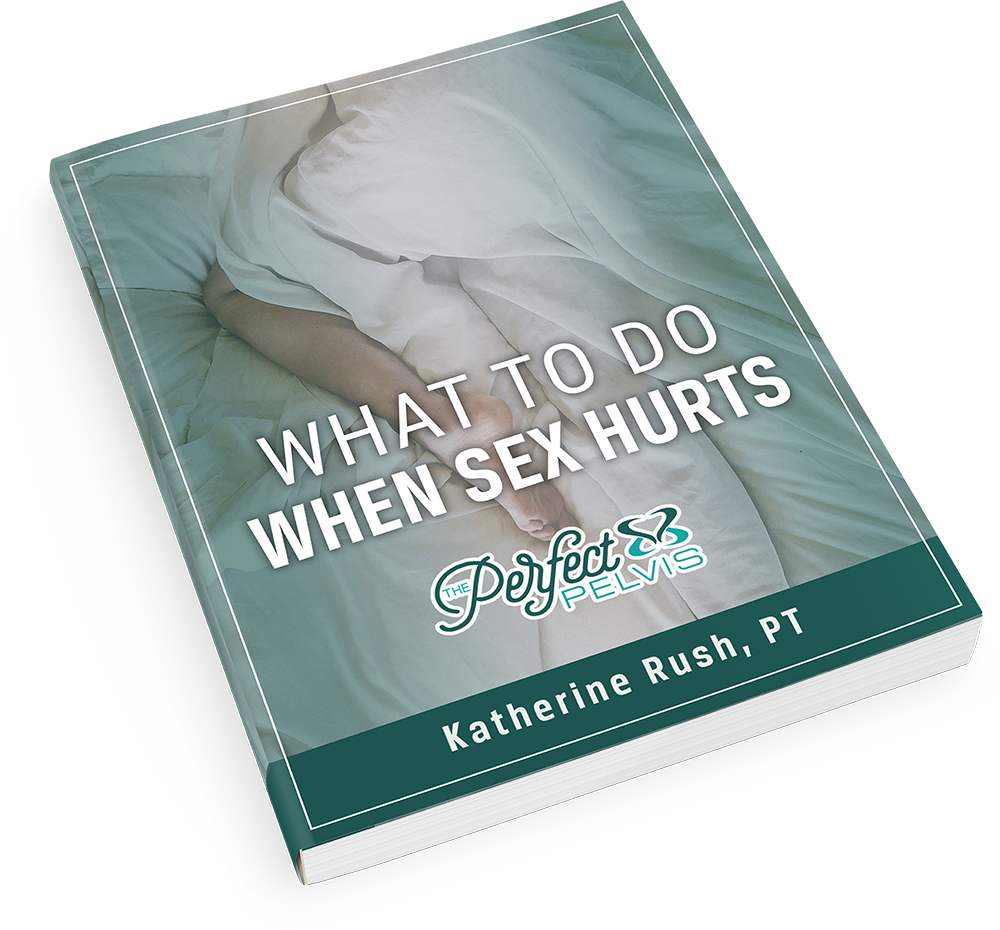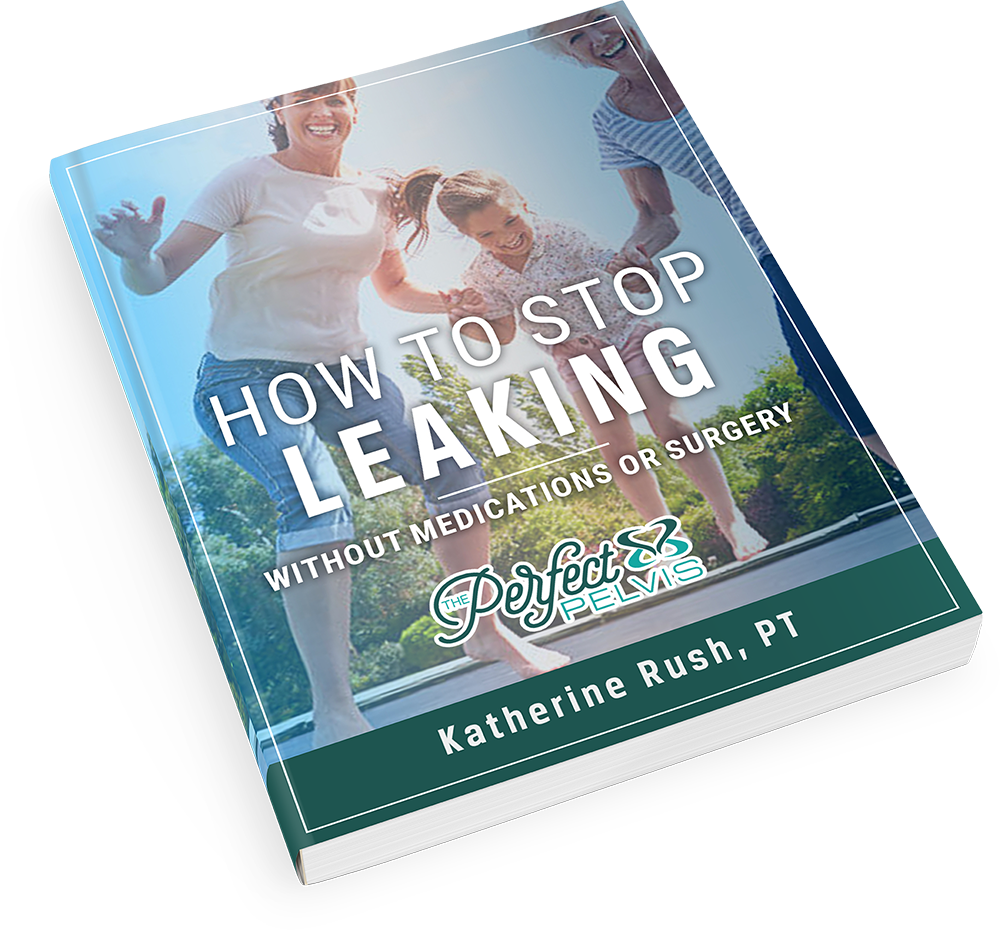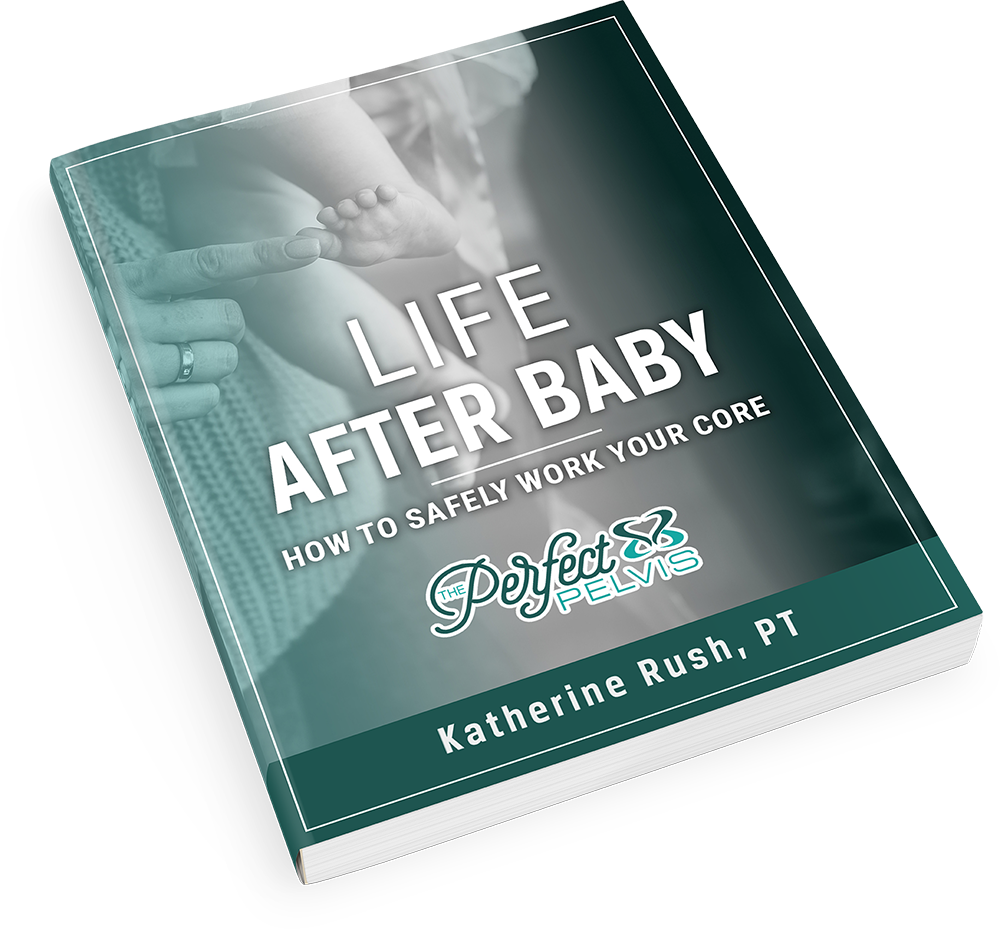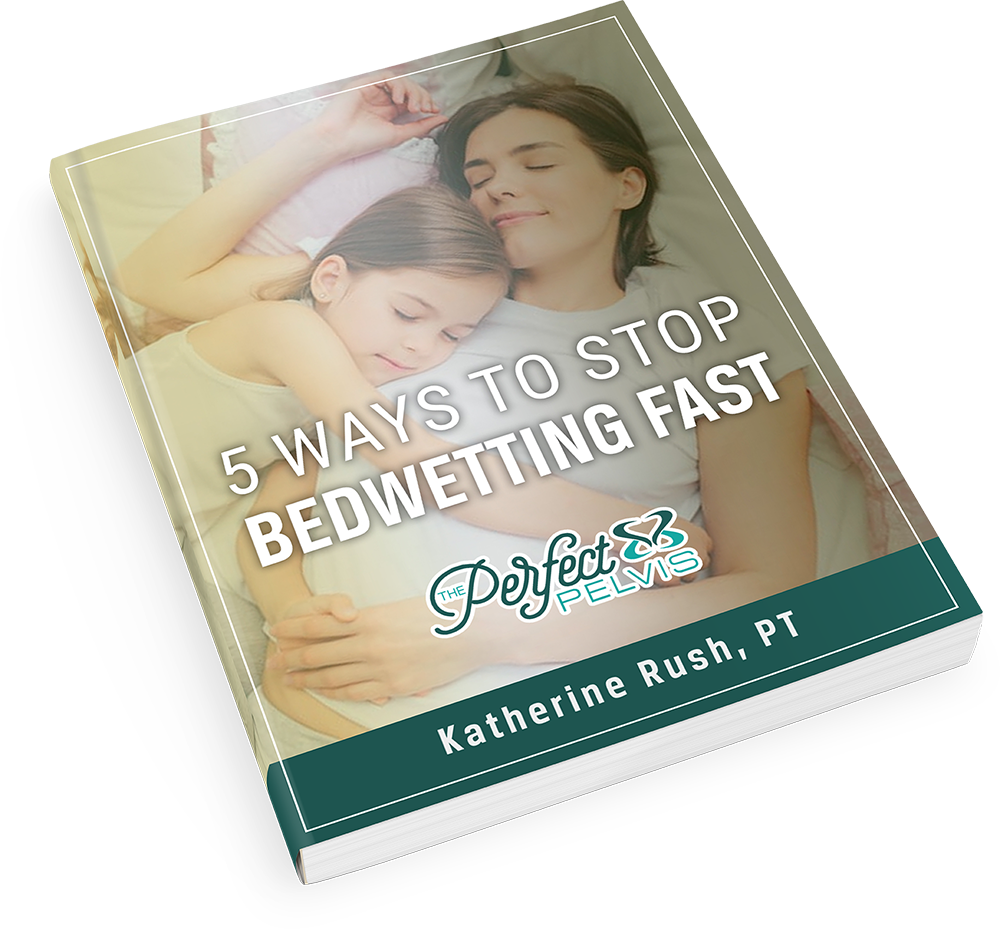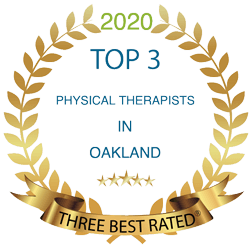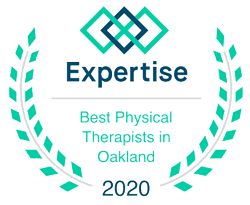Have you ever heard of endometriosis? If you have, maybe you associate it with a woman who has bad periods. Perhaps you have been told that getting pregnant or being on birth control is all you need to do to treat it. There is so much more to endometriosis than that. The following are excerpts from the personal story of one woman with endometriosis. For the full story and more information about endometriosis, please follow Kaitlyn @theendosyndicate on instagram. (Shared with permission.)
Endometriosis Probably Isn’t That Big of a Deal…Right?
My Journey & My Story
Kaitlyn M. Hauser | The Endo Syndicate
18 December 2023
In December of 2021, I was diagnosed with endometriosis – a nightmare disease that most
people usually know very little or nothing about – I sure didn’t at the time of my diagnosis. In the
beginning, I thought that “endometriosis” was just a term used to reference the incapacitating menstrual cycles and severe dysmenorrhea I’ve experienced since the onset of my menstrual cycle at age 13 – I had no idea it was so much more. The little I had heard about endometriosis through the years had presented the disease as if it was merely “just a bad period” and that it was somehow the fault of those affected – too fat, too lazy, too anxious, not enough water, not enough exercise, and so on – these wild inaccuracies caused me so much undue shame for so long.
I remember thinking in those first few months after diagnosis that if there was a disease that was both incredibly common and horribly debilitating, most people would know about it; especially me with a whole nursing degree and over 13 years devoted to healthcare. Since I’d not heard much about endometriosis, it probably wasn’t that big of a deal.
…Right?
Before my surgery in October 2023 (more on this momentarily) no doctor or medical provider
had spent more than a couple minutes educating me on endometriosis (including the diagnosing
gynecologist surgeon), and I would learn much later that most of the information I was given during those first couple of years was wrong or outdated. While I have struggled with this disease since I was 13 years old (but didn’t know it until putting all of the pieces together just within the last few months), over the last almost four years, this disease has insidiously and progressively worsened, destroying my health, and consuming nearly all of my life. If I knew what I know now about endometriosis and every single horrible thing I’ve had to live through with this disease AT the time of my initial diagnosis, I would have completely fallen apart and cried for days, devastated for the life ahead of me.
So, what is endometriosis? And is it really that bad? I’ll start with the definition, and then we’ll break things down from there:
endometriosis
/ in-doe-me-tree-oh-sis // noun
A complex, chronic, whole-body disease in which tissue similar to the endometrium (lining of the
uterus) grows aberrantly anywhere in the body outside of the uterus, resulting in significant systemic inflammation.
Essentially, endometriosis is benign tissue gone rogue, growing in places where it shouldn’t be:
of course this has the potential to cause major problems! These tissue growths (often referred to as “lesions”) have been found on “…every organ and anatomical structure in the body” (12). This results in a long list of possible symptoms or problems, with the presentation and severity of symptoms highly varied from one patient to the next. The symptoms I personally experience most with this awful disease include:
bone pain
brain fog
bowel cramps
constipation
diaphragm pain
diarrhea
dizziness
dysmenorrhea
dysuria
edema
fatigue
heart
palpitations
hypoglycemia
hypotension
infertility
insomnia
lightheadedness
lower back pain
malaise
memory issues
nausea
pelvic pain
pre-syncope
pruritus
rashes
shortness of
breath
stomachaches
vertigo
vomiting
. . . and a freaking partridge in a pear tree.
While most often affecting AFAB (assigned female at birth) patients ages 25 to 40,
endometriosis can occur in patients as young as age 9, and in fact, can impact those post-hysterectomy, post-menopause, pre-menarche, menstruators, non-menstruators, and while rare, even in AMAB (assigned male at birth) patients (13). Many people are often very surprised to learn that endometriosis is actually incredibly common – the World Health Organization reports about 10 percent (or 1 in 10) of people assigned female at birth (AFAB) are said to experience the disease.
Let’s do a little statistics exercise:
Data from WorldBank.org shows the world population in 2022 at almost 8 billion with the total number of AFAB (assigned female at birth) and AMAB (assigned male at birth) individuals nearly even, with about 4 billion in each respective category (19). The World Health Organization also reports that “about 422 million people worldwide have diabetes” (20) – this statistic includes both AFAB and AMAB individuals.
10% of four billion is 400 million= About 400 million (or 10%) of AFAB individuals live with endometriosis globally.
422 million is 5.275% of 8 billion= About 422 million (or 5.275%) of individuals (both AFAB and AMAB) live with diabetes globally.
One could argue that endometriosis occurs at almost twice the rate that diabetes does (10% vs.
5.275%), since endometriosis typically only occurs in AFAB individuals. I don’t think it’s necessarily “fair” to water down the statistic of four billion AFAB individuals by including the four billion AMAB individuals, since the likelihood of endometriosis occurring in AMAB individuals is again, very rare –there are less than 20 documented cases of endometriosis in AMAB individuals reported (13). Additionally, the data from WHO reporting 10% of those affected with endometriosis only reports on AFAB individuals. However, if someone chose to look at data the same across the board and do the math for the rate of occurrence of each individual disease from a global perspective that includes both AFAB and AMAB individuals, then endometriosis occurrence is nearly at the same rate as diabetes – which is still not a comforting thought, given the fact that nearly everyone has at least heard of diabetes plenty of times in their lifetime, whereas those same people have likely never even heard of endometriosis.
Diagnosis of endometriosis is through laparoscopy, with biopsied tissue obtained in surgery sent
to pathology for confirmation under a microscope. Because no other diagnostic tests for endometriosis exist (such as a simple blood draw) at this time, obtaining a diagnosis is considered invasive, as patients are required to undergo anesthesia for surgery. There is an average 7 to 10 year delay from the time patients seek care for their symptoms, to the date they are given their endometriosis diagnosis –my diagnosis took nearly 18 years to receive. Extremely limited treatment options are available, and the disease currently has no cure. The gold standard that exists in endometriosis care at this time is laparoscopic excision surgery, also known as “LAPEX”. Laparoscopic excision “is the surgical cornerstone of a multidisciplinary approach to treating endometriosis” (2) and can be compared to pulling weeds. When someone wants to get rid of weeds completely, they know they must get ALL of the root, or else it increases the risk for the weed to grow back. Endometriosis tissue is very similar – if it is not removed entirely, patients are still at risk for symptoms and burden of the disease, for lesions to
return, and for new lesions to form. Excision surgery is a complex surgical procedure requiring
meticulous attention to detail and skill from a highly trained endometriosis specialist surgeon whose goal is to remove all the endometriosis tissue visualized in surgery. Excision, or “cutting out” of endometriosis tissue offers the highest chance of success, whereas ablation (the other available method) utilizes heat, electricity, or another energy source to burn or freeze endometriosis lesions on the surface. This technique does not remove the root of the endometriosis lesion and therefore, does not actually remove all of the diseased tissue, therefore putting the patient at risk for recurrence of disease. Even the best excision surgery is not a cure for endometriosis, but rather, aims to improve quality of life. Because there are so few of these highly-trained surgeons worldwide, let alone nearby, I had to travel out of state for my surgery in October 2023. With my excision surgery, I was also faced with having to make the very difficult decision to proceed with a total hysterectomy (uterus + cervix) as well. Though a heartbreaking choice and yet another sobering reminder of all this disease has stolen from me, I felt that this decision was one I still had to make, as dysmenorrhea has been one of the most
debilitating symptoms drastically impacting my quality of life, and the concern for adenomyosis was high. A “sister” condition to endometriosis, adenomyosis is a separate condition in which
endometriosis tissue grows inside the myometrium, the muscular portion of the uterine wall (1). A highly skilled gynecologist “may suspect adenomyosis based on clinical factors” (1) and pelvic
imaging “…such as ultrasound or MRI can detect signs of adenomyosis, but the only way to confirm it is to examine the uterus after hysterectomy” (11) by sending it to pathology for review of tissue under a microscope. As a note, I want to be clear that for many patients, hysterectomy may not be the right choice for their circumstances, medical history, and in discussion with their surgeon. There are many sources online (even ones that seem credible) that claim you HAVE to have a hysterectomy “no matter what” when treating endometriosis or adenomyosis. I would strongly encourage patients to examine all options, make educated, informed decisions, and seek additional opinions if necessary – not only towards endometriosis/adenomyosis/hysterectomy, but all aspects of your healthcare. In doing these
things, I knew this was personally the right choice for me. When the surgeon rounded the day after my surgery, I remember him saying that he had removed so many different areas of endometriosis and other concerning areas of tissue that my insides would “look like Swiss cheese until things healed over”. I knew recovery and healing were likely not going to be a delightful process with two major surgeries in one, but my focus was on the fact that there
were finally some concrete answers to my symptoms – here are a few examples: Dysmenorrhea? Adenomyosis of the uterus. If my hysterectomy had not be performed, the likelihood of continuing to experience severe dysmenorrhea was almost certain. Pain and tightness around my diaphragm? Oh, that was due to the fact that parts of my liver were
adhered to my diaphragm itself. Lower back pain and leg pain? Endometriosis growing on ligaments that attach to my spine AND growing directly on my hypogastric nerve.
All of the gastrointestinal symptoms, such as excruciating bowel cramps, alternating constipation and diarrhea, nausea, vomiting, and stomachaches? Endometriosis lesions near multiple parts of my bowels, as well as portions of my small bowel that were adhered to my pelvis. Urinary symptoms, such as those that resembled a urinary tract infection: painful urination, urgency, or retention – all in the absence of an actual UTI? Endometriosis lesions ON my bladder and numerous endometriosis lesions scattered through nearby internal vaginal tissue. My surgeon also discovered parts of my omentum was adhered to my umbilicus – likely a culprit for many issues such as stomachaches or even generalized pain, as the omentum is tissue that connects the stomach with other abdominal organs such as the spleen, and is also responsible for “a variety of immunological responses, including inflammation” (4). As for ANY of the symptoms I’ve been experiencing, all could very easily be attributed to the fact that those living with endometriosis have an overabundance of abnormal inflammatory and immune system responses (18), resulting in the release of chemicals responsible for pain and
inflammation. It’s not really all that surprising – when the body is not in homeostasis, it won’t work right. No matter my most diligent, hardworking attempts the last few years to become significantly healthier, such as being down over 125lbs from my highest-ever weight, walking daily, minimum 80oz water each day, vitamins on vitamins, mindful nutrition, pelvic floor physical therapy twice a week, addressing mental health with therapy, journaling, meditation, deep breathing, etc. I could keep naming things for ages, but as wonderful as all of those things are and continue to be, they are no match for this disease. I think that has been one of the absolute hardest things I’ve had to try and process: there is no amount of hard work or positive habits I can implement that are ever going to be able to completely eradicate this disease from my body or my life. Yet, just having the validation in knowing for certain that my symptoms weren’t (and aren’t) “all in my head”, that I wasn’t (and am not) “crazy” or “overdramatic”. No, many things actually were wrong and will always be wrong unless someone finds a cure – that’s simply the truth of having any disease. The very definition of disease is “any harmful deviation from the normal structural or functional state of an organism [in which it] commonly exhibits signs or symptoms indicative of its abnormal state” (14). Learning and accepting all of this information
has given me peace and closure as I continue to process everything. Despite every gaslighting and ignorant interaction I’ve ever had to field, the confirmation I received from my surgeon, his operative report, and the pathology itself has been confirmation for something I’ve known as long as I’ve dealt with this disease: I have always been telling the truth.
As we’ve reviewed, endometriosis is very complex and has many different mechanisms which
give rise to pain and other debilitating symptoms. Due to these many different complex mechanisms, it is very common for patients to experience symptoms at any time of the month, not just with the menstrual cycle. It is also common for a patient’s symptoms to fluctuate in both severity and duration over the span of time. This is known as a dynamic disability. The nature of dynamic disabilities means the individual experiences, presentation, and access needs of each patient can differ or change over time, and that not all disabilities will be visible to others. Someone living with a dynamic disability who was capable of something today may not be able to do that same thing tomorrow. With a dynamic disability, it’s difficult to sometimes near impossible to predict the changing severity of symptoms in advance, when or if any changes will occur, or how long worsened symptoms will last.
Mainstream culture leads us to believe that being disabled is black and white: either you’re
disabled, or you’re healthy. Either we can see your disability, or you just don’t have one. The rigidity and ignorance of these beliefs can be incredibly harmful and isolating for people like me who are dynamically disabled with an invisible illness. A true understanding and acceptance of dynamic disabilities can be a powerful tool in the validation, support, and acceptance of others and in promoting inclusion in diversity (6). Think of it like this: have you ever been in a situation where your external demeanor or appearance was much different than how you actually felt on the inside? For example,let’s say you were on the way to an event with your partner, and were talking through a complicated subject. As you both walk into the venue, they say something incredibly hurtful to you. Before you could even begin to say anything, other guests walk up to you both to say hello. You immediately put on a smile and say hi, covering up how you might actually feel: upset, hurt, angry. Does your smile take away the validity of how you’re actually feeling on the inside? Does your smile mean everything is fine? No, of course not. Others may not be aware of the tension beneath the surface, but that doesn’t mean it doesn’t exist – it’s just simply not their information to know. For those living with an invisible illness that is also a dynamic disability, their external appearance rarely matches how they may really be feeling or doing. Invalidating someone’s symptoms or the very existence of their disease doesn’t make any of it magically go away.
For anyone who does not struggle with a chronic illness or serious disease, I understand it’s
likely mind-boggling to try and comprehend or empathize with symptoms or issues you’ve never had to deal with, or have not had to deal with for longer than months or years straight – such as how someone can be in pain every second of every day or suffer from a myriad of other debilitating symptoms so bad they cannot function. I understand it is likely even more difficult when another person’s disease or condition is invisible to you and fluctuates in severity the way dynamic disabilities do. However, I promise you this: if people (like me!) with these diseases and conditions are faking anything, it’s not faking sickness – it’s faking being well.
In drawing to a close, I have chosen to list some of the most overwhelming reasons in my own
life that highlight how endometriosis is far more than “just a bad period” like so commonly tossed around in public discourse, and why I hold so much disdain for this disease:
- The pain and suffering this disease inflicts on my body. From generalized, whole body pain – which feels like being dropped from many feet up into the air to down onto a concrete floor over and over, to excruciating bowel cramps that have been so bad I truly thought I was going to defecate my intestines out. Other symptoms that do not cause pain can still be completely incapacitating at times, such as hypotension (low blood pressure). Having a blood pressure as low as 78/43 is not uncommon for me and causes me to feel extremely lightheaded and dizzy, near-fainting, and very weak. We’d be here for hours if I explained how much ALL of my symptoms drastically affect my quality of life.
- The loss of freedom, autonomy, and choice. No matter how much preparation or positive habits I implement, some days, this disease simply calls the shots, dictating over me and my life. It’s incredibly difficult trying to explain to a person whose body does work right most of the time how your body can just crap out on you without a moment’s notice. It is beyond distressing to live in a broken, undependable body – it’s like owning an unreliable car but worse. Is the car going to start today? If it does, is it going to break down at a stop light without warning? Is my body going to work right today? Am I going to be able to do the things I need to do, and that others expect of me, or will my body crap out on me without warning? I will never, EVER get used to the lack of predictability this disease causes in my body and life, stealing my freedom, autonomy, and choice.
- The lost time spent with friends and family. Cancelled plans, having to reschedule, over and over. It hurts just as much every single time. The worst for me is missing out on time watching my nieces and nephews grow up because I can’t go spend time with them or make family events due to how sick I feel. I know we’re all growing older, but not being able to be consistently present in the lives of my favorite children in the entire world is a particularly heartbreaking subject for me, probably because I know life doesn’t give “do-overs” – they will never be that young again, and they are too young to understand WHY Auntie Kait isn’t there; they just know that she isn’t.
- The massive loss of income and financial stability. Had I been able to work a standard, full time schedule this year (for most inpatient nurses, that is usually three 12-hour shifts a week), I would have expected to work at least 1,872 hours (not counting any extra shifts I picked up or education time) in 2023. Instead, I will finish the year out at barely 376 hours. The financial consequences from my missing income have been huge – my total expected wages for all of 2023 will fall drastically below the federal poverty level at a grand total of $15,341. Just as insight, the federal poverty level in the United States for a family of 2 in 2023 was set at $19,720 (5). If my husband and I would not have had support from my in-laws who were graciously willing and able to allow us to borrow from them, we would have been evicted from our apartment, lost both of our vehicles, most of our belongings, and hope we could move in with relatives or friends. If we had no one nearby, we would have no other options and we would have also found ourselves homeless. Please let me make it abundantly clear: NONE of this was from financial irresponsibility, but a disease that has ransacked our lives and forced us into a place of survival – leaving us desperate for ways to save or earn money; such as foregoing at least one meal a day per person to save on the cost of groceries, selling the diamond in my wedding ring, as well as our clothes, shoes, and furniture. This doesn’t even include the tens of thousands in medical bills we are also drowning in.
- The inability to work I job I deeply love, as a pediatric bedside nurse. I desperately wanted to work every single day I was scheduled this year. I wanted the 5AM alarm. I wanted the drive in, even with the crazy drivers and all. I wanted the long walk from the employee parking garage to my unit. I wanted to care for a patient population I am incredibly passionate about. I wanted to teach new nurses and students. I wanted to be a role model on my unit. I wanted to be an incredible coworker to my incredible coworkers. I wanted all of these things so badly that I weep as I type: I wanted these things because out of many reasons, most of all, it would have meant I had a normal, healthy body to be able to go to work and do them with.
- The lack of support and understanding from others. It’s not the fault of everyone around me for not knowing much about this disease or even that it exists. I don’t know every single disease there is. But I want other people to understand that that patients like me are often left feeling like we are then forced to accept one of two realities:
- If you want to be understood, seen, and supported, you are responsible to single-handedly
educate every single person around you.
- If you do not educate those around you, you must simply deal with being misunderstood,
invalidated, and unsupported.
Those are both awful choices, are they not? The consequences have resulted in me feeling unseen, worthless, isolated, and lonely with the struggles of my disease for longer than I can remember. When others (especially those who care about me in any capacity) take the time to listen, learn, remain open-minded, ask questions, educate themselves, advocate, and even just believe me and patients like me, it can be incredibly powerful and life-changing.
- The fact that endometriosis has brought me close to nearly ending my own life. I put a significant amount of thought into the inclusion or exclusion of this last reason, and ultimately decided to include it, with deep hope that my vulnerability and transparency will not only continue to raise awareness of this disease, but also serve as a safe place for others to know they are not alone. People need to know how devastating this disease can be. How hopeless people like me become from the lack of awareness, lack of treatment options, lack of understanding and compassion from others, lack of support, and the lack of hope itself. Please make no mistake: I am not suicidal, and desperately want to live. The symptoms of this disease can sometimes be so severe that the limited treatment options available do not alleviate suffering or even come close; making death seem as if it is the only option left to be free from the torment of this disease. More awareness, more research, more advocacy efforts, more treatment options (better yet, a cure), more kindness, less ignorance, less judgement, and less obstacles for patients seeking care are all ways that would help to eliminate this horrific reason from someone’s list. People should NEVER have to die to find peace. For those in this position or having these types of thoughts, I urge you to seek support – your life is worth fighting for.
Every single one of us will need healthcare at some point, and you could become disabled at any point in your life; even waking up tomorrow vastly different than your day today. Holding compassion and curiosity towards others has the incredible potential to have such a positive impact that it spans all of history. If you have your health, cherish it; nurture it – because “A healthy person has a thousand wishes. A sick person only has one.” – Agnes Karll


